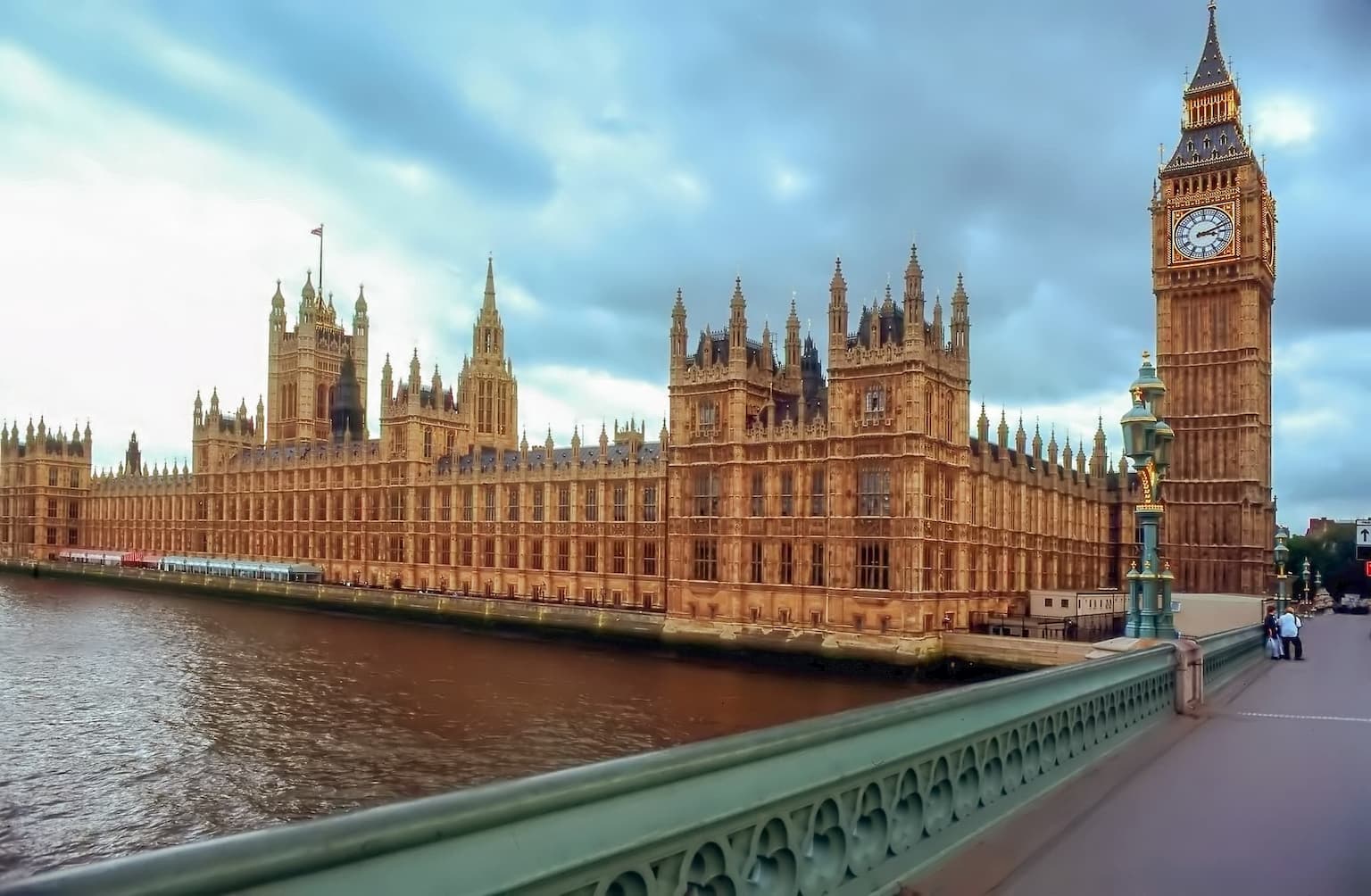The Illegal Migration Act is a major piece of legislation which forms a key centrepiece of the UK government’s policy platform. The purpose of this Act is to prevent and deter illegal migration; in particular those by unsafe and illegal routes.
The government have stated that their aims are to both stop illegal boat crossings and to clear the asylum backlog by the end of 2023. Despite this, the asylum backlog reached record levels by the end of July 2023 with 175,000 individuals waiting for a decision.
Keep reading to learn more about the illegal migration act and what it means for UK immigration law.
What are the key changes?
To achieve their aims, this Act makes a few key changes to the current system.
1. It places a duty on the Secretary of State to make arrangements for the removal of people who enter the UK illegally.
2. It places a duty on the Secretary of State to declare certain protection claims and human rights claims inadmissible if they meet the conditions for removal.
3. It prevents people who meets the conditions for removal from being given leave to enter or remain, settling or obtaining citizenship in the UK.
Let’s take a look at the remainder of the Act in greater detail.
The duty to make arrangements for removal of an ineligible person – section 2 of the Act
This section places a responsibility on the Secretary of State to make arrangements for the removal of a person from the UK if the person meets all four of the following conditions:
1. The person requires leave to enter but enters the UK without leave to enter or with leave to enter that was obtained by illegal means such as deception, is in breach of a deportation order, or requires entry clearance but enter the UK without a valid entry clearance.
2. The person entered the UK under the above circumstances on or after 20 July 2023.
3. The person did not come to the UK directly from a country in which the person’s life and liberty were threatened.
4. The person requires leave to enter or remain in the UK but it expires, curtails or is cancelled and the person no longer has a valid leave.
This means this not only affects asylum seekers, but anyone who met all four of the criteria (ineligible person).
Unaccompanied children and power of the Secretary of State – section 4 of the Act
This section provides that the Secretary of State is not required to make arrangements for removal when the person is an unaccompanied child.
The power to remove an unaccompanied child may be only exercised in limited circumstances such as:
- Where the child is removed to reunite him with his parent.
- Where the child is to be removed to a safe country which is a country of which the child is a national or in which the child has obtained a passport
- Where the child has not made a protection claim or a human rights claim and the person is to be removed to a country of which the child is a national, a country in which the child has obtained a passport or a country in which the child embarked for the UK.
- Circumstances specified in regulations made by the Secretary of State (discretion of the Secretary of State)
Disregard of certain claims and applications – section 5 of the Act
The duty in section 2 (make arrangements for removal of a person) applies to a person who meets the four conditions irrespective of whether the person makes a protection claim, a human rights claim, claims to be a victim of modern slavery or human trafficking or makes an application for judicial review in relation to their removal under this Act.
A human rights claims relating to a person’s removal will be admissible but such claims will be considered following the removal to the third country concerned and any judicial review related will also be considered while the claimant is out of country.
Electronic devices – Section 15 and Schedule 2 of the Act
This confers powers on immigration officers to search, seize and retain electronic devices from persons liable to be detained under this Act. They have powers to access and use information stored on these devices.
Leave to enter and remain, entry clearance, electronic travel authorisation, settlement and British citizenship in the UK – section 30 to 35 of the Act
These sections provide for a permanent ban on an ineligible person who arrives on or after 7 March 2023 (not 20 July 2023) from getting leave, settlement or British citizenship unless it would contravene the European Convention on Human Rights. The ineligible person has to have met all four of the conditions above.
Legal proceedings – section 38 to 53
These sections provide that persons subject to removal will have a limited time in which that they can bring a claim based on a real, imminent and foreseeable risk of serious and irreversible harm arising from their removal or a claim that they do not meet the removal conditions in section 2.
Interim remedies section 54 to 55 of the Act
These sections provide that all legal challenges to the removal of a person do not prevent or suspend the removal.
Our thoughts
We believe that the above changes are going to be impracticable. Many people who cross the border will not be able to claim asylum and the UK does not presently have a country that they can return the migrants too, leaving many with an uncertain status. No doubt this will lead to an even bigger backlog than is presently the case.
For more articles like this, subscribe to our newsletter today.
Have questions about this article? Get in touch today!
Call us on 020 7928 0276, our phone lines are open and we will be taking calls from 9:30am to 6:00pm.
Email us on info@lisaslaw.co.uk.
Use the Ask Lisa function on our website. Simply enter your details and leave a message, we will get right back to you: https://lisaslaw.co.uk/ask-question/
Or, download our free app! You can launch an enquiry, scan over documents, check progress on your case and much more!




Pretty nice post. I just stumbled upon your weblog and wanted
to say that I’ve truly enjoyed surfing around your
blog posts. After all I will be subscribing to your
feed and I hope you write again very soon!